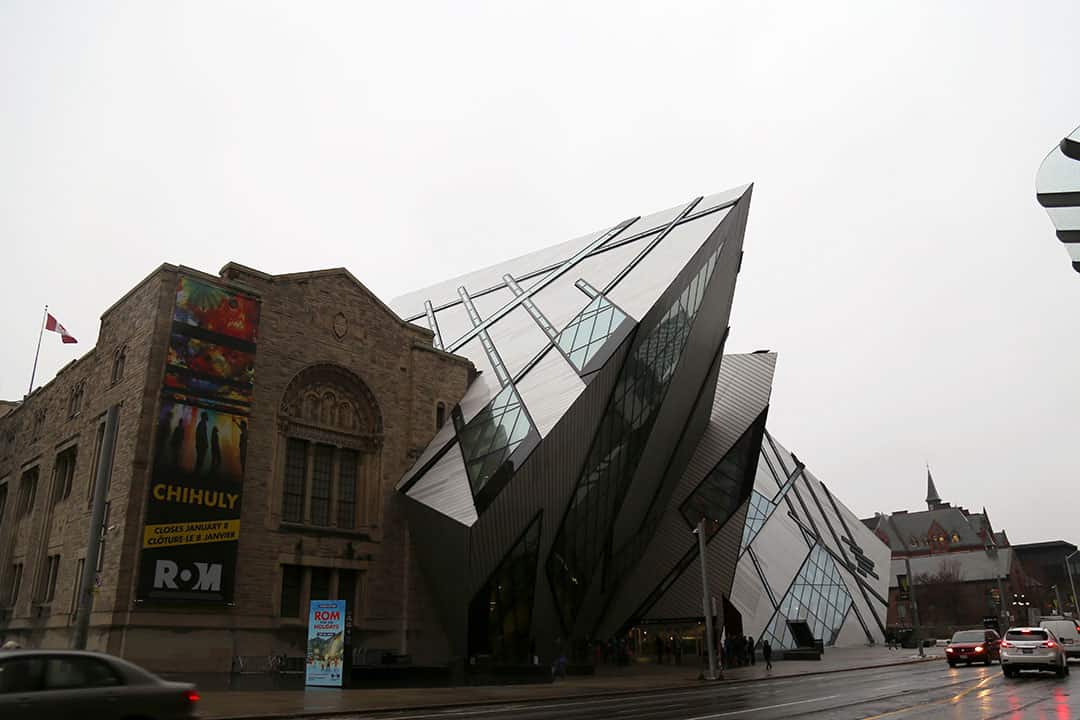If a picture speaks 1,000 words, then visit the Royal Ontario Museum (ROM) to hear 100,000 from the photos on display in the Wildlife Photographer of the Year Gallery until March 31.
The “longest-running and most prestigious nature photography competition in the world,” according to ROM Deputy Director of Collections & Research Mark Engstrom, the contest’s categories spanned from traditional nature photography, such as “Animal Behaviour” and “Plants and Fungi,” to the visionary, such as the “Creative Visions” category, which is judged for its artistry alone.
Nature photographers often capture emotionally appealing shots that create a connection between their subjects and the viewer, and is especially the case for photographs in this year’s “Wildlife Photojournalism” category.
The winning photograph, “The Sad Clown,” pictures a long-tailed macaque monkey putting “his hand to his face to try and relieve the discomfort of his mask,” after a struggling human family in Indonesia trained him to “stand upright for a street show,” subjecting him to terrible living conditions in the process.
Highly commended shots in the category included a Siberian tigress awaiting autopsy on a metal operating table, emaciated after likely chewing off her “own foot after being caught in a poacher’s trap,” as well as a sperm whale being dragged across a beach by a heavy excavator.
Across all categories, the written backgrounds documenting how photographers captured their competition entries told a story in themselves. They reveal the emotional journeys that photographers go through to take such aesthetically pleasing and evocative pictures.
“There are some of us who are able to care about habitats or species in the abstract,” said U of T Museum Studies professor Matthew Brower in an interview with The Varsity about wildlife photography. “But largely, we care about things that we have emotional connection to. Charismatic animals, charismatic photographs help mobilize people to save populations [and] preserve habitats.”
Photographs on display in the gallery “help mobilize people to save populations [and] preserve habitats,” he continued. “People have very powerful reactions to images of animals they feel emotionally connected to, and this often motivates them to act.”
To capture such moving shots and inspire viewers to take action, photographers often endure harsh environments with extraordinary patience, predicting the movement of animals whose behaviours they have intimately studied, while operating photographic equipment masterfully to take decisive shots within an incredibly narrow window of opportunity.
Wildlife photography also enables viewers to see a perspective of the world that they would otherwise be unable to access, said Brower. Photographers who use telephoto lenses or camouflage bring viewers “images of animals in the wilderness as if they behave when, when no people are around.”
This enables viewers to see “a key aspect of nature that we couldn’t get to by ourselves,” which helps us better understand and perhaps empathize with natural aspects of our world.


